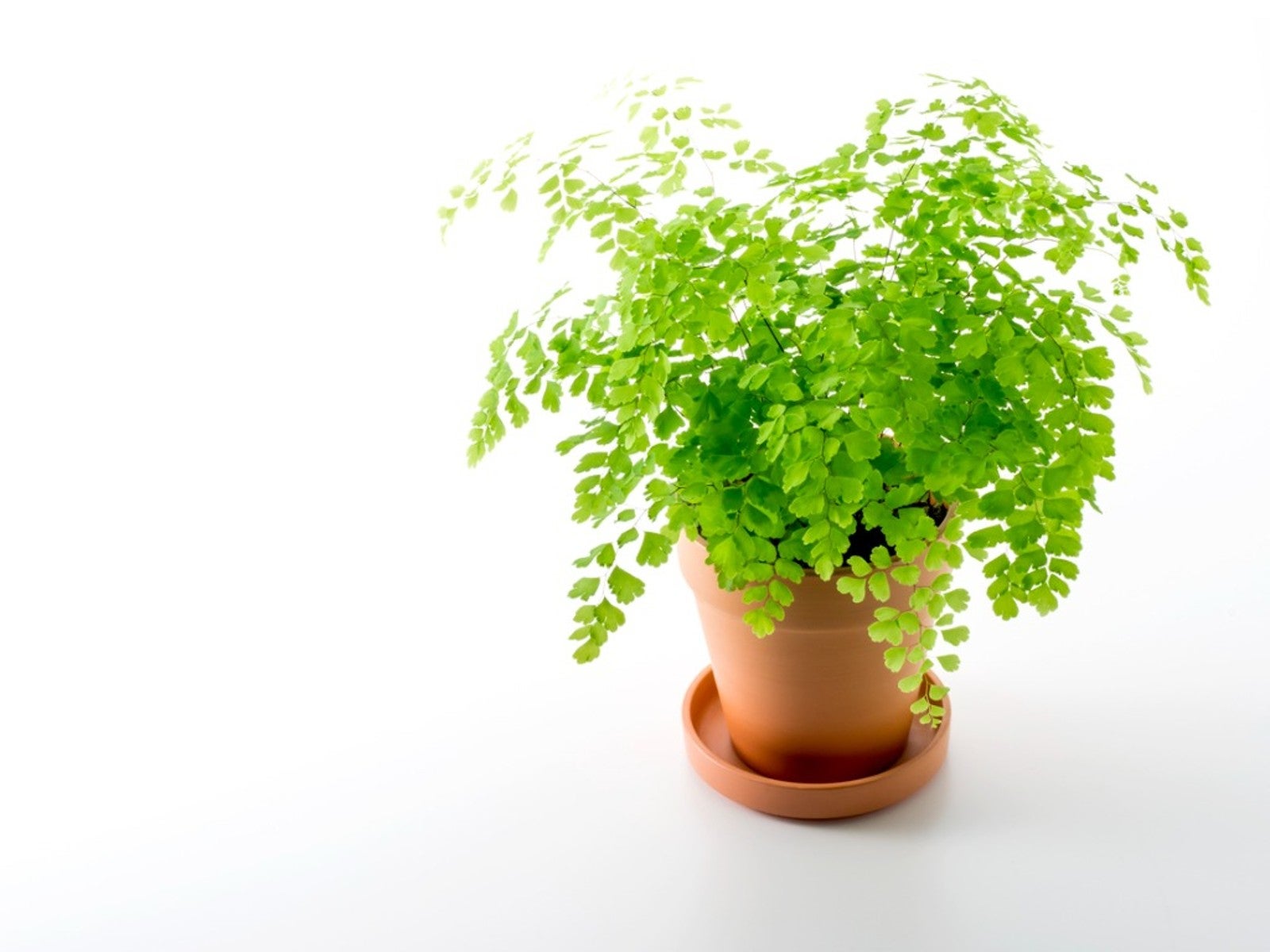Lovely, Lacy Indoor Foliage Plants


Different textures in foliage make for greater visual interest in the garden and in houseplants. A lacy texture adds delicacy that looks nice against more solid leaves. Plants with lacy leaves can have small leaves, deep lobing, or even holes. Here are some lacy foliage plants to add to your collection.
Philodendron selloum – Lacy Tree Philodendron
Philodendron plants come in a staggering variety of sizes, leaf shape, color, and variegation. This lacy leaf philodendron has several common names: hope selloum, horsehead philodendron, lacy tree philodendron, and tree philodendron.
As a tropical plant, this is most appropriate as a houseplant unless you live somewhere very warm. It grows up to 10 feet (3 m.) tall and 8 feet (2 m.) wide, so it’s a small tree and a good size for a large houseplant.
The leaves are glossy green and very showy. They are large and deeply lobed, leaving long narrow edges that give the plant that lacy look. Give your lacy tree philodendron bright, indirect light, and moist soil. It will grow aerial roots, so you can mist these or use a pebble tray to increase humidity.
Monstera adansonii – Adanson’s Swiss Cheese Plant
Another large category of popular houseplants, monstera comes in many varieties, including this one called Adanson’s Swiss cheese plant. It can grow up to 5 feet (1.5 m.) tall and 3 feet (1 m.) wide when kept as a houseplant.
The leaves are, as the name suggests— full of holes. Like a piece of Swiss cheese, this Monstera’s foliage is pocked with cutouts. The leaves are large, heart-shaped, medium-green, and waxy.
Swiss cheese plant is a climber in its native ecosystem, so as it grows, provide it with some type of support. It prefers indirect and bright light, humidity, and soil that dries slightly between waterings.
Sign up for the Gardening Know How newsletter today and receive a free copy of our e-book "How to Grow Delicious Tomatoes".
Fatsia japonica – Japanese Aralia
Japanese aralia is a pretty plant with large, deeply lobed leaves. The leaves can be as big as a foot (31 cm.) across. The lobing gives them that lacy look. The leaves grow on the ends of long stems, so the plant tends to lean a little. You can let it lean or provide some supports.
You can grow Japanese aralia as a houseplant or outdoors in USDA zones 8 through 11. It will tolerate an occasional frost. It prefers shade or partial shade and can grow as tall as 8 feet (2 m.) high and wide.
Begonia ‘Tectonic Eruption’
This relatively new cultivar of the diverse begonia family is called Tectonic Eruption, or ‘DJHAP18072.’ As with other begonias, you can grow this outdoors as an annual, but it’s too special to only grow during the summer. It makes a better houseplant.
What makes Tectonic Eruption special is the foliage. The lobed edges of the leaves are themselves lobed, making this the laciest of lacy leaf plants. For even more visual interest, the leaves are dark green on top and reddish bronze on the undersides.
Like other begonias, this variety likes rich soil that drains well and decent humidity. Full to partial shade is best.
Adiantum raddianum – Delta Maidenhair Fern
Ferns are classics of the lacy plant genre, and Delta maidenhair fern is one of the most delicate and intricate. Native to the tropics, this is a popular houseplant for its pretty and small leaves and compact size. It does very well in containers indoors.
Delta maidenhair has some of the smallest leaves of all fern types. They begin light green and darken as they age. The leaves are small, fan shaped, and grow pinnately along dark, thin stems.
Your Delta maidenhair fern will need a lot of humidity, so a pebble tray is best. Keep the soil consistently moist. You don’t want the soil to ever dry out, but it should drain well. Provide a spot with only indirect light.
Lacy leaves on plants are a nice addition to a garden bed or houseplant collection. Try these varieties to add some delicate or bold texture to yours.

Mary Ellen Ellis has been gardening for over 20 years. With degrees in Chemistry and Biology, Mary Ellen's specialties are flowers, native plants, and herbs.